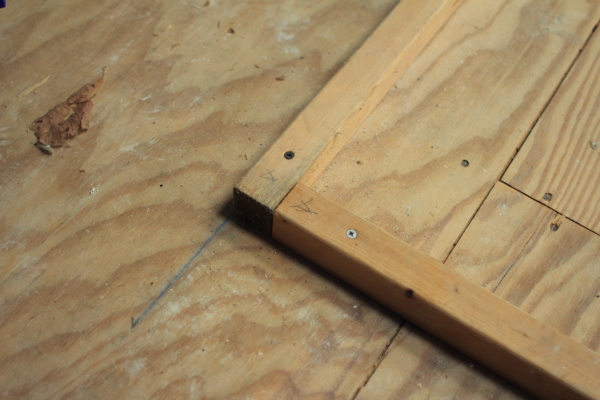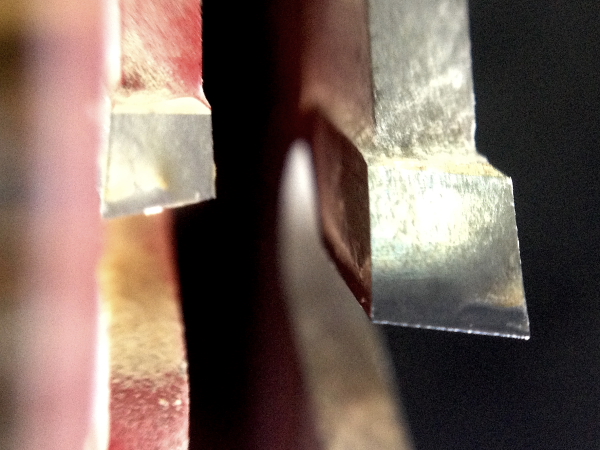Pipe Wrenches Decoded: Your Comprehensive Guide to Plumbing Mastery
Pipe wrenches stand as pivotal tools in the plumbing arsenal, providing the robust grip and leverage essential for maneuvering pipes of diverse sizes. From routine household fixes to intricate industrial projects, these implements are indispensable for maintaining efficient plumbing systems. This comprehensive guide delves into the intricacies of pipe wrenches, exploring their functionality, classifications, maintenance, and crucial role in modern plumbing practices.

What are the main types of pipe wrenches available in the market?
The market predominantly offers two primary types of pipe wrenches: the straight pipe wrench and the offset pipe wrench. Straight pipe wrenches, also referred to as Stillson wrenches, feature jaws perpendicular to the handle, providing a strong grip on cylindrical objects. Conversely, offset pipe wrenches boast jaws angled slightly from the handle, enabling easier access in confined spaces. Furthermore, these wrenches are available in various sizes to accommodate different pipe diameters.
How do pipe wrenches work, and what materials are typically used in their construction?
Pipe wrenches operate on the principle of leverage, utilizing an adjustable jaw to securely grip pipes or fittings. The teeth of the wrench grip into the surface of the pipe, preventing slippage during tightening or loosening. Traditionally crafted from cast iron, modern pipe wrenches are often made from durable materials like steel or aluminum. Steel wrenches offer superior strength and longevity, while aluminum wrenches boast a lightweight design suitable for overhead tasks.
What maintenance practices are essential for prolonging the lifespan of pipe wrenches?
Ensuring the effectiveness and longevity of pipe wrenches requires diligent maintenance. After each use, it is imperative to clean the wrench to remove any debris or moisture that could cause corrosion. Additionally, lubricating the moving parts with a penetrating oil helps prevent rust and ensures smooth operation. Regular inspection of the jaws for wear and tear is also crucial, as damaged teeth can impair the wrench’s gripping ability and lead to slippage.
How do pipe wrenches contribute to the installation and maintenance of geogrid systems?
In geogrid applications, pipe wrenches play a vital role in securing pipes used for drainage or reinforcement purposes. Whether installing underground drainage systems or anchoring geogrid layers to structures, these wrenches provide the torque needed to tighten fittings securely. Moreover, their adjustable jaws accommodate a wide range of pipe diameters, making them versatile tools for various geogrid installation tasks.
Pipe wrenches are indispensable tools in the realm of plumbing and construction, offering a robust grip and leverage for manipulating pipes and fittings. With different types available to suit various applications, these wrenches are essential for both household repairs and industrial installations. By adhering to proper maintenance practices, users can prolong the lifespan of their pipe wrenches and ensure optimal performance. In geogrid applications, pipe wrenches play a crucial role in facilitating the installation and maintenance of drainage systems and reinforcing structures, underscoring their versatility and significance in modern engineering practices.**




